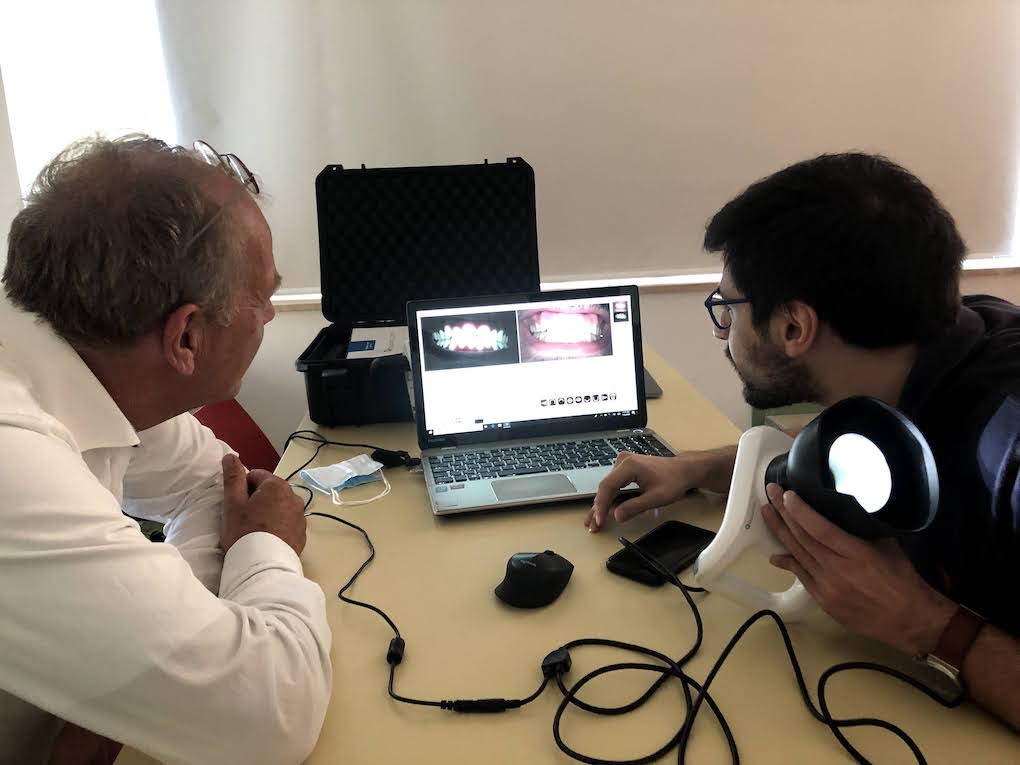CoEHAR researchers have just published new data from the SMILE project, currently one of the most important randomized clinical trials dedicated to studying changes in oral health among resistant smokers. The project assessed variations in gingival inflammation, tooth color, plaque accumulation, and the onset of dental diseases, also analyzing the effects of reduced-risk products.
Key Highlights
- Cross-country differences in gum inflammation, tooth color, dental plaque, and staining.
- Italian smokers showed the highest tooth whiteness, while Indonesian smokers exhibited the lowest gingival inflammation and plaque, suggesting roles for culture, product type (e.g. “kretek” cigarettes), and oral hygiene habits.
- Age, sex, ethnicity, and cumulative smoking exposure were key predictors of gingival health and tooth shade.
- The SMILE Study is among the largest oral-health trials in smokers, and the first to integrate advanced digital imaging across multiple countries in a randomized controlled design.
The SMILE Cohort Study, launched in October 2021 and coordinated by CoEHAR in Catania, was conducted across four geographic areas: Italy, Poland, Moldova, and Indonesia.
Its goal was to assess oral health parameters — such as tooth color, gingival inflammation, and dental plaque — in smokers who were unable to quit, while also monitoring clinical changes resulting from harm reduction strategies.
It is well known that poor oral hygiene or unhealthy behaviors can alter the oral ecosystem, promoting plaque buildup, which is responsible for diseases such as gingivitis or periodontitis. Smoking is among the main risk factors, increasing plaque accumulation by 5 to 20 times compared to non-smokers.
This study — one of the largest ever conducted on smokers’ oral health — involved 460 adult smokers, randomly divided into two groups: one continued smoking conventional cigarettes, while the other switched to combustion-free products.
Baseline evaluations, five follow-up visits, and data collected through diaries and dedicated apps included assessment of the MGI (Modified Gingival Index), plaque measurement via light-induced fluorescence, digital spectrophotometry to monitor tooth color, and other parameters related to oral health and hygiene.
“These baseline data will support SMILE’s main goal: determining whether smokers who switch to combustion-free products can achieve measurable improvements in gingival health, plaque levels, and dental aesthetics within 18 months,” explains Giusy La Rosa, one of the study authors.
“What we see in the SMILE Study is that smokers from different countries show distinct profiles in gingival inflammation, plaque accumulation, and tooth discoloration, which seem strongly shaped by cultural smoking habits, the type of products used, and cumulative exposure. Our cohort included 460 adult daily smokers between 18 and 50 years old, all with at least five years of regular smoking and no severe periodontitis, recruited across Italy, Poland, Moldova, and Indonesia and assessed through centralized and harmonized procedures.
By using standardized technologies such as QLF imaging and digital spectrophotometry, we were able to obtain objective and reproducible measures of oral health.
Clinically, these results underline how important it is to personalize prevention strategies and show that aesthetic and inflammatory markers can be strong drivers for quitting“.
Significant differences emerged among participants based on age, sex, smoking intensity, as well as WID (Whitening Index Degree) and MGI (Modified Gingival Index) values. Italians had the highest WID scores, while Indonesians showed the lowest levels of MGI and plaque — possibly due to cultural, behavioral, or product-related factors.
The lower plaque accumulation observed in the Indonesian group is consistent with their low MGI values and may hypothetically reflect better oral hygiene habits, the widespread use of kretek clove cigarettes, or dietary factors that inhibit plaque formation.
The study also confirms that smoking — regardless of type — is associated with worse gingival conditions and progressive teeth yellowing. Women, generally more attentive to oral hygiene, showed lighter teeth, while older age and cumulative exposure resulted in darker teeth and more damaged gums.
Despite differences among centers, the rigorous study design, standardized procedures, and harmonized researcher training ensured data reliability. These variations do not weaken the study but rather strengthen its external validity, showing how smoking-related oral damage manifests differently according to cultural and personal contexts.
“The SMILE project is unique and has laid the groundwork for effectively implementing cessation guidelines for smokers. The upcoming SMILE Cohort publications will analyze long-term changes in oral health among those who continue smoking, those who switch to reduced-risk products, and non-smokers — offering a complete comparison of the potential benefits of harm reduction,” concludes CoEHAR Founder, Prof. Riccardo Polosa.
At the following links, you can find the other SMILE project publications to learn more about the research:
Dental caries: the use of quantitative light-induced fluorescence as a method of early detection

